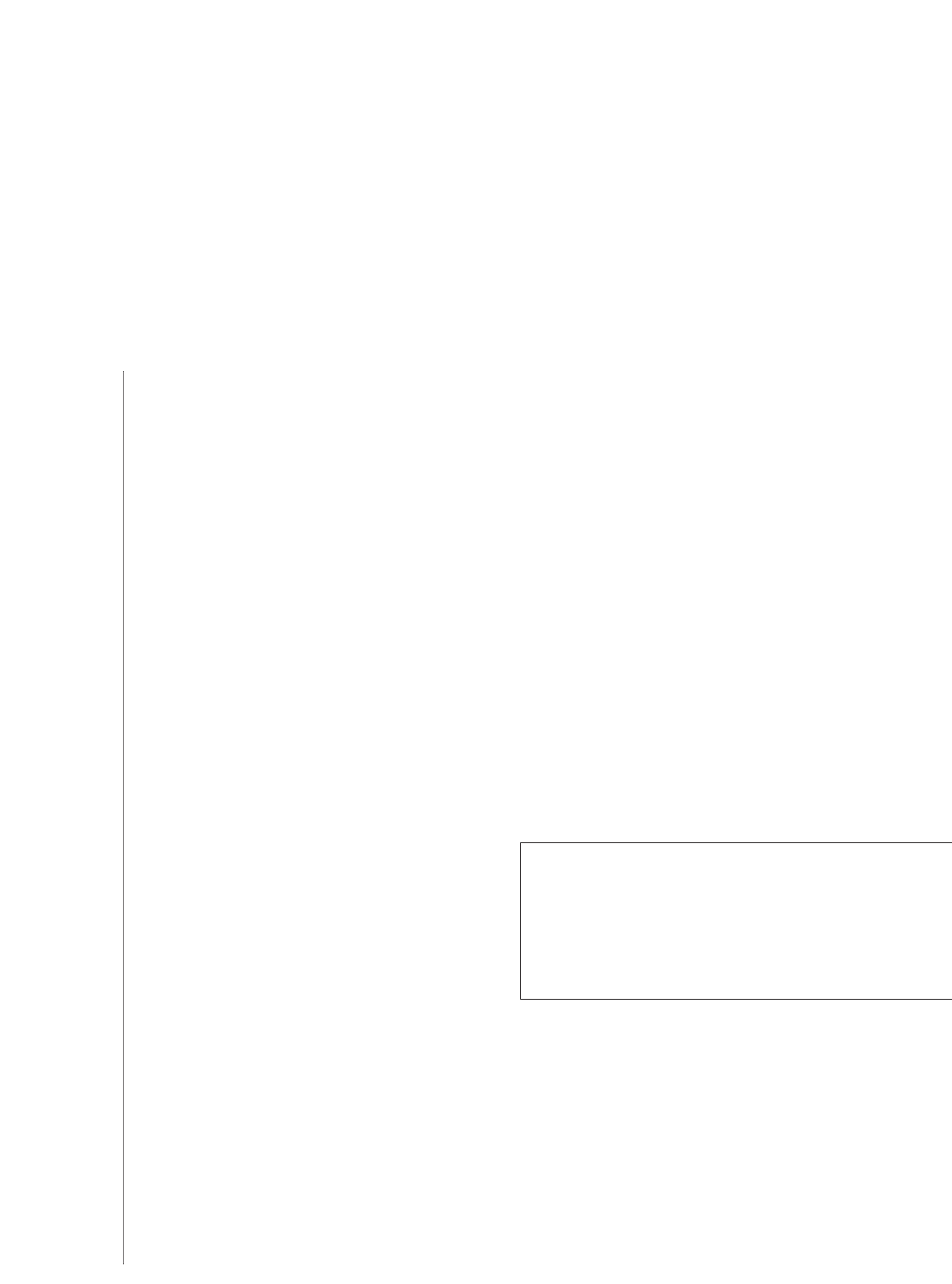
1. How to write it
The ‘news’ should be highlighted in a brief opening
paragraph to attract the attention of those who are not
experts in the field. This paragraph should explicitly refer
to the paper under discussion and touch on the general
si
gnificance of the work. More detail, background and
explanation should follow, including your own ‘views’.
The
text is often best rounded off with comment on the
limitations
and implications of the new work, and on
future research directions. Authors should avoid referring
to their own work, except in passing.
2. Diagrams
Diagrams can be used to explain the new points made or
the
background science. Nature’s art department can
tu
rn authors’ sketches into publication-quality graphics,
as
long as the sketches are clear. Draft diagrams can be
fa
xed (the number is given under ‘Contact details’) or
sent electronically. Captions should be succinct but self-
contained; readers like the main message of an article to
be
repeated briefly in the caption. Suggestions of other
illus
trative material, black-and-white or colour,
info
rmative or decorative, are welcome.
3. Titles
Titles for articles are open to discussion. They should be
sho
rt and contain no punctuation marks or
abb
reviations. News & Views articles also carry a ‘subject
strapline’ of one or two words to define the general
subject
area of the article, and a ‘standfirst’, a short item
in
larger type that precedes the main text and is intended
to entice readers to read on.
4. References
References should be kept to a minimum, ideally fewer
than
ten. They should be given superscript numbers and
cited sequentially in the text. Please do not use EndNote
or
a similar program. If the News & Views article is to
accompany a paper in the same issue of Nature, the
paper should be given a formal reference and be referred
to in the first paragraph in the form “… on page xxx of
this
issue
1
…”. References should be listed at the end of
the
article, and the first and last page numbers of cited
papers
should be included. If there are six or more
authors
to a reference, the first author only should be
lis
ted, followed by et al.
5. Acknowledgements and authorship
Acknowledgements are not allowed, nor are grant
numbers. There should be no more than two authors.
6. Fees
A modest fee is paid for all News & Views articles
published.
7. Sending the article
Articles should be delivered by e-mail, preferably as a Word
atta
chment though plain ASCII text will do. If you are to be
away during the month after submission, please also
include
a note of how you can be contacted.
8. Editing and corrections
Articles are on occasion heavily edited. But authors are
given every opportunity to ensure accuracy by being sent
an
edited version of the text to correct (usually as a Word
atta
chment). The corrected text is then seen by a Nature
subedi
tor, who creates a typeset proof that is sent to the
author
as a pdf for a further check. Diagrams produced by
th
e Nature art department are sent to authors as jpeg files
for
checking.
What readers say
News & Views is a very popular section of Nature. But surveys
of
readers show that they struggle with unfamiliar jargon or
concepts,
even in disciplines close to their own. Overuse of
abb
reviations or acronyms is a particular problem in some
subjects.
All News & Views authors want to ensure that their
article
is technically correct and thought-provoking for those in
the
field concerned. This is indeed essential — the reader
surveys
show that one strength of News & Views is its
authoritativeness.
But the surveys also show that when care is
taken
to identify difficult terms or concepts, and then to avoid or
explain
them as appropriate, articles can meet that aim yet
appeal
to a much wider audience.
Guidelines for Nature News & Views articles
Nature’s News & Views section provides a forum in which scientific news can be
communicated to a wide audience spanning the disciplines from astronomy to zoology.
News
& Views articles are short (usually 800–900 words), and have as much in common with
journalistic news reports as the formal scientific literature. They should therefore make clear
the
advance being discussed, and communicate a sense of excitement, yet provide a critical
evaluation of the research concerned.
Please
ask someone from an entirely different discipline to comment on a draft article before
submission to Nature. It is essential that the article is written with such readers in mind rather
than just for specialist colleagues.
Contact details
Crinan Street, London N1 9XW, UK
Phone: +44-(0)20-78
33-4576
Fax: +44-(0)20-7843-4596
Ana Lopes, Nature, The Macmillan Building,
e-mail: a.lopes@nature.com
